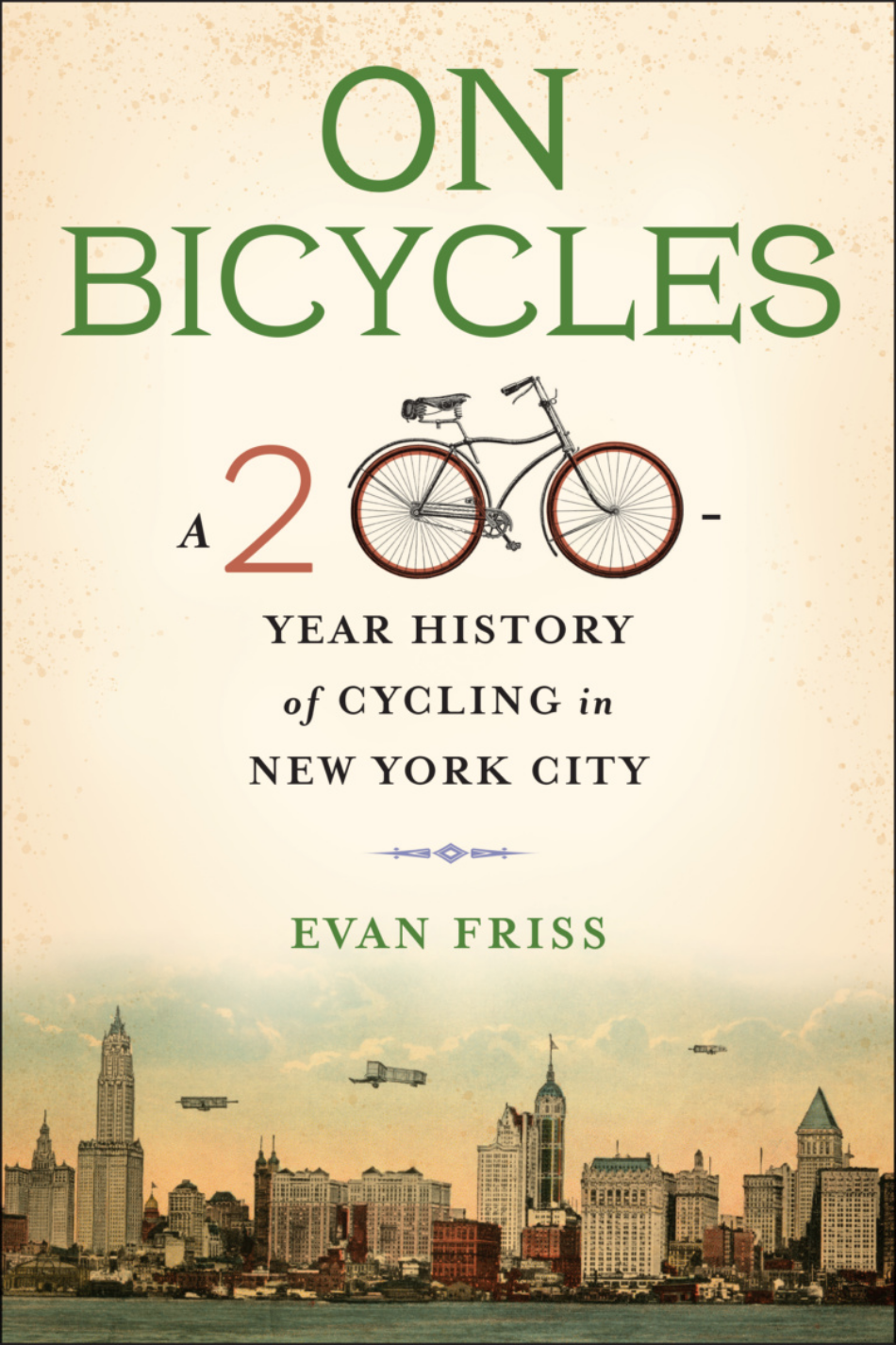Racial Migrations: New York City and the Revolutionary Politics of the Spanish Caribbean
Jesse Hoffnung-Garskof, interviewed by Tyesha Maddox
In the late nineteenth century, a small group of Cubans and Puerto Ricans of African descent settled in the segregated tenements of New York City. Jesse Hoffnung-Garskof’s book presents a vivid portrait of these largely forgotten revolutionaries and reveals the complexities of race-making within migrant communities and the power of small groups of immigrants to transform their home societies.
Read More








